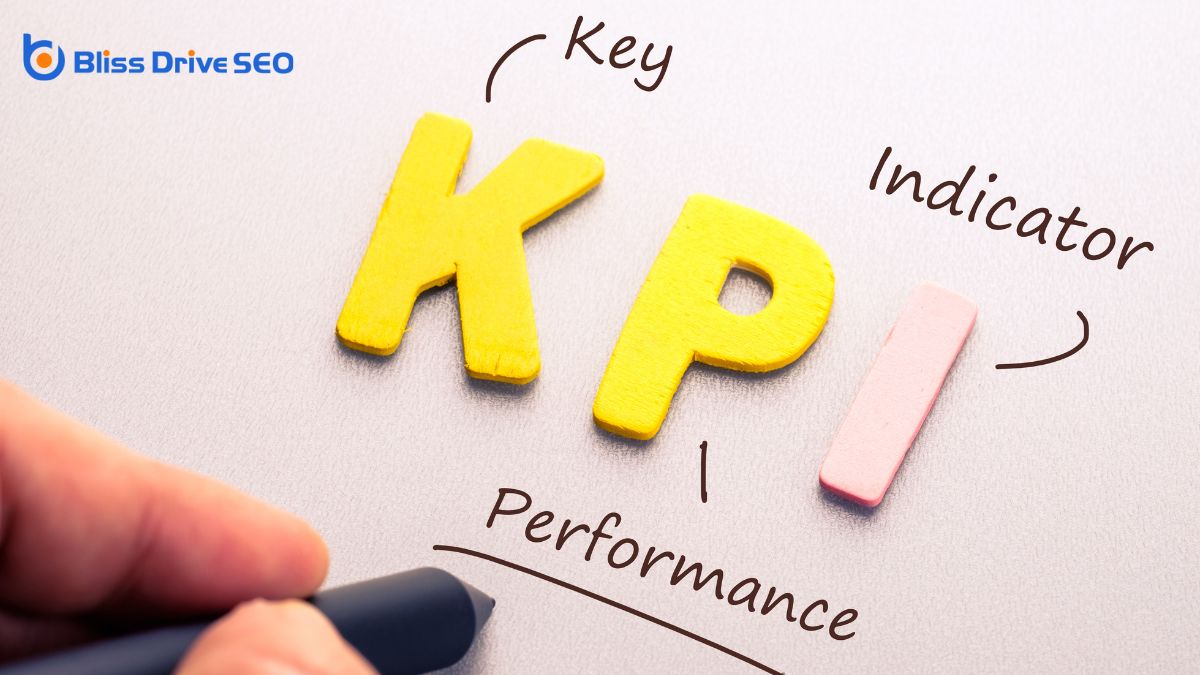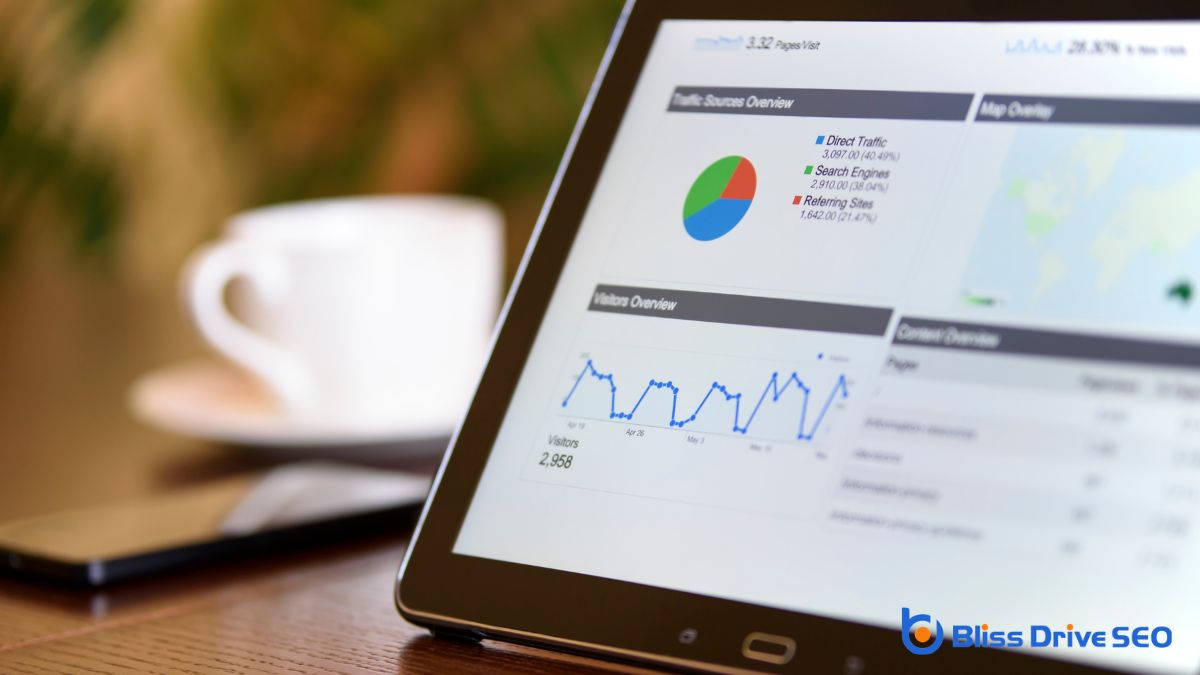Digital Marketing Services
Learn More About Us

You've probably heard about conversion rateThe percentage of visitors who complete a desired action, such as making a purchase or filling out a... as an essential KPI in marketing, but have you ever stopped to reflect on its real impact on your business strategy? Understanding conversionThe completion of a desired action by a referred user, such as making a purchase or filling out a fo... rate isn't just about numbers; it's about getting into the mindset of your audience and learning what drives them to take action. You might think it's all about purchases, but there's more to it than meets the eye. How do you guarantee this metric aligns with your broader goals, and what hidden factors could be influencing it? Let's explore these questions and uncover the layers behind this significant performance indicator.
Understanding conversion rates is essential for optimizing any marketing strategy. You need to know that conversion rate measures the percentage of users who take a desired action after interacting with your content.
It's calculated by dividing the number of conversions by the total visitors, then multiplying by 100. This metric helps you assess the effectiveness of your campaigns, website, or landing pages.
When you analyze conversion rates, you're looking for how well your message resonates with your audience. A higher conversion rate indicates that your strategy successfully encourages users to complete actions, such as making a purchase or signing up for a newsletterA regularly distributed email containing news, updates, and content relevant to subscribers..

While grasping the concept of conversion rate lays the groundwork for effective marketing, recognizing its importance elevates your strategy to new heights.
A high conversion rate means your site or campaignA set of ad groups sharing a budget, targeting options, and other settings. efficiently turns visitors into customers, maximizing your return on investment. It's a clear indicator of how well your marketing efforts align with audience needs, guiding you on what resonates and what doesn't.
By focusing on conversion rate, you're not just throwing resources at random tactics; you're refining your approach based on actual results. This KPI helps you identify bottlenecks in your sales funnelAnother term for conversion funnel, focusing on the steps leading to a purchase., offering insight into areas needing improvement.
Ultimately, understanding and prioritizing conversion rates allows you to make data-driven decisions, enhancing both customer experience and your business's bottom line.
Calculating conversion rate is a straightforward process that provides valuable insights into your marketing performance. To determine your conversion rate, you'll divide the number of successful conversions by the total number of visitors, then multiply by 100 to get a percentage. This metric helps you understand how well your site or landing pageThe web page a user is directed to after clicking on an affiliate link, optimized for conversions. is turning visitors into customers.
To calculate effectively, keep in mind these steps:
Now that you know how to calculate conversion rates, it's important to see how your rates stack up against industry standards. Benchmarking helps you understand if your performance is competitive or needs improvement.
Start by researching industry averages for conversion rates related to your business type and channel. For instance, e-commerce sites typically see rates between 1-3%, but this varies widely by nicheA specific segment of the market targeted by affiliates to promote products or services..
Once you've identified these benchmarks, compare them with your own figures. Are you above, below, or right on target? This comparison can highlight potential areas for growth and help set realistic goals.
Understanding the factors influencing conversion rates is vital for optimizing your strategy. Every visitor interaction impacts your conversion rate, so it's important to know what drives them.
First, evaluate your website's user experience. A seamless, intuitive design keeps users engaged and boosts conversions.
Next, consider your audience's trust level. Building credibility through testimonials and secure payment options reassures hesitant buyers.
Also, focus on the relevance of your content. Tailor your messaging to meet your audience's needs, making sure it resonates with them.
Finally, analyze your call-to-action (CTA). A clear, compelling CTA guides users toward conversion.
When you're measuring conversion rates, selecting the right analyticsThe systematic computational analysis of data or statistics to gain insights and support decision-ma... software is essential.
You'll want tools that track conversion metrics accurately and provide actionable insights.
With options ranging from Google AnalyticsA web analytics service offered by Google that tracks and reports website traffic. to more specialized platforms, you can tailor your approach to best fit your needs.
To effectively measure conversion rates, a variety of analytics software options can help streamline the process. These tools provide detailed insights, allowing you to make informed decisions quickly.
By tracking user behavior and analyzing data, you can optimize your strategies to boost conversions. Here are four popular analytics software options that you might find useful:
Choose the one that aligns best with your business needs for a clearer view of your conversion performance.
While tracking conversion metrics is essential, selecting the right tools can make all the difference in accurately measuring your conversion rate. You've got plenty of options, but choosing wisely will save time and provide clearer insights.
Start with Google Analytics; it's robust and free, offering detailed reports on user behavior and conversion paths. For more specific insights, consider tools like Hotjar or Crazy Egg, which visualize user interactions on your site.
HubSpot also provides CRM capabilities alongside conversion trackingThe process of monitoring and measuring actions taken by users after clicking on an ad., perfect if you're managing customer relationships. Don't forget A/B testingA method of comparing two versions of a web page or app against each other to determine which one pe... platforms like Optimizely; they help you see what changes boost conversions.
Ultimately, pick tools that integrate well with your existing systems, ensuring seamless data flow and thorough analysis.
To boost your conversion rate, start by optimizing the user experience to make interactions smooth and intuitive.
Focus on enhancing your call-to-action by ensuring it's clear, compelling, and easy to find.
Enhancing user experience is essential for boosting conversion rates, as it directly influences how potential customers interact with your site.
When users find your website easy to navigate and engaging, they're more likely to complete desired actions.
To optimize user experience, focus on the following:
Positioning is essential, too. Place the CTA where it naturally fits within the user's journey.
Test different placementsSpecific websites or locations within websites where ads can appear. to find what works best. A/B testing can provide insights into which variations resonate more with your audience.
Finally, minimize distractions around your CTA so users aren't pulled away from taking the desired action.
Mastering conversion rate optimization (CRO)The systematic process of increasing the percentage of website visitors who take a desired action, s... techniques can greatly boost your website's effectiveness in turning visitors into customers.
To start, focus on understanding your audience and their behavior. Analyze their journey on your site and identify where they drop off. Use A/B testing to experiment with different versions of your pages and see what resonates best.
Here are some CRO techniques to take into account:

To keep your website's performance sharp, you must regularly monitor conversion rate trends. Keeping an eye on these trends helps you understand customer behavior and identify what's working.
Start by tracking your conversion rate over time, noting any spikes or drops. This data reveals patterns and seasonal influences that might affect your sales or sign-ups.
Use analytics toolsSoftware used to track and analyze website performance, user behavior, and marketing efforts. to dig deeper into the numbers, focusing on different segments like device types or traffic sources. By doing so, you'll uncover insights about which areas need improvement or are outperforming others.
Regularly reviewing these trends allows you to adapt your strategies quickly, ensuring your website remains competitive.
Understanding how to leverage conversion rate data effectively can transform your business strategy. By diving into this data, you can uncover hidden insights about customer behavior and preferences.
You'll want to focus on making informed decisions that propel growth and enhance user experience. Here's how you can make the most of your conversion rate insights:
In understanding conversion rates, you've learned how pivotal they are for evaluating your marketing strategy's success. By calculating and benchmarking conversion rates, you can identify areas for improvement and craft strategies to boost user engagement. Keep an eye on factors influencing these rates and apply optimization techniques to enhance your ROI. Regularly monitor trends and leverage data insights to refine your approach. By doing so, you'll guarantee your marketing efforts are always on target.
